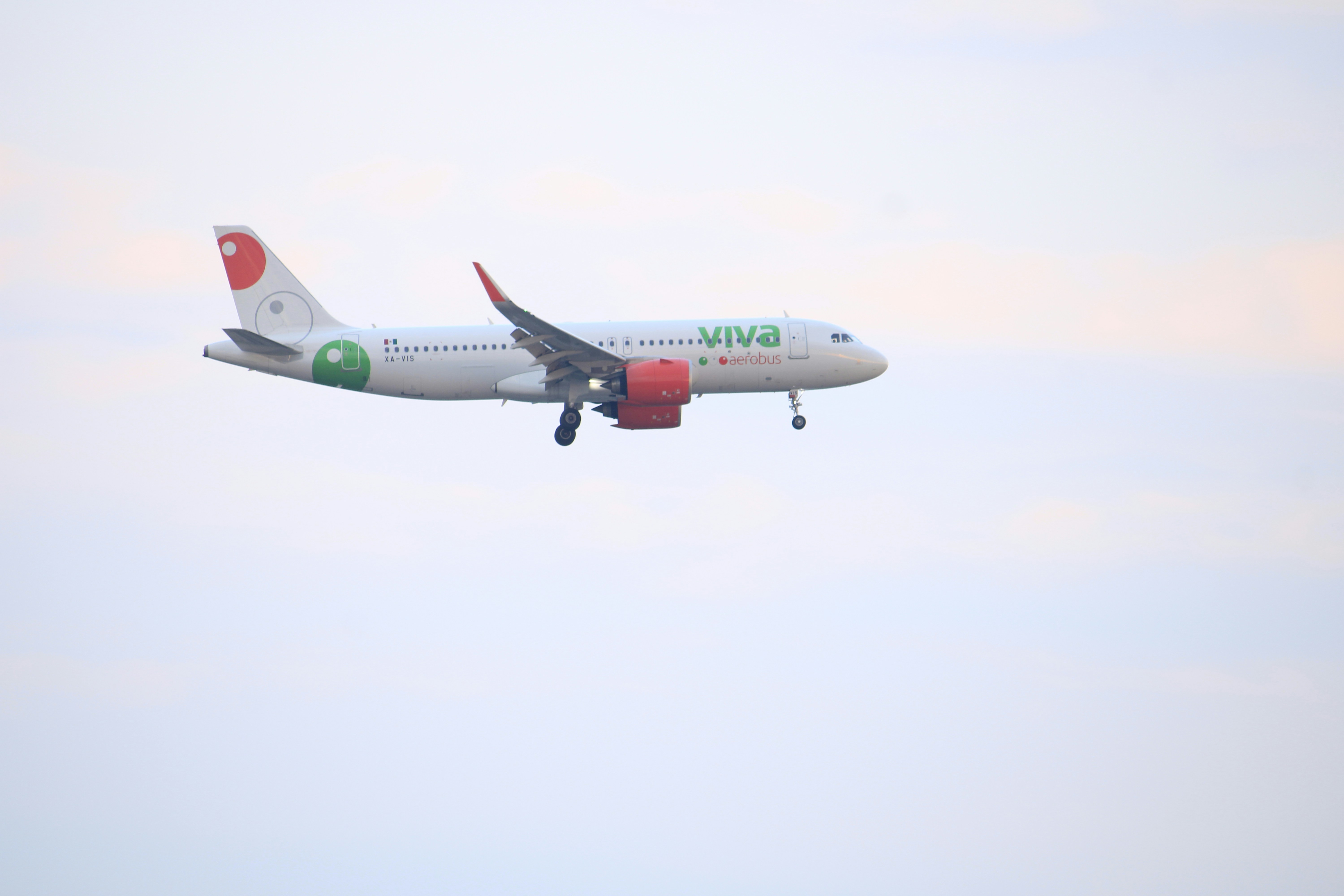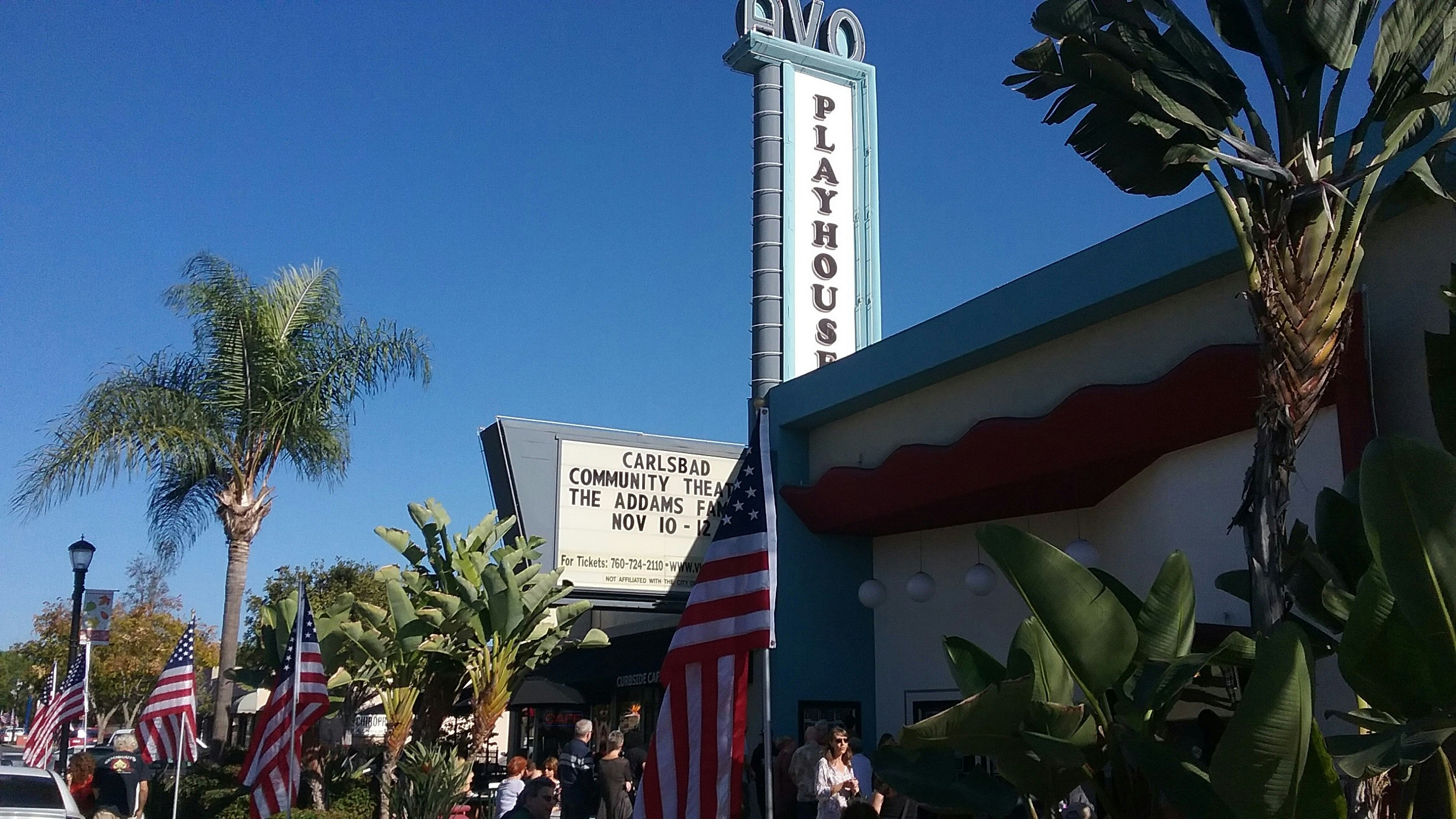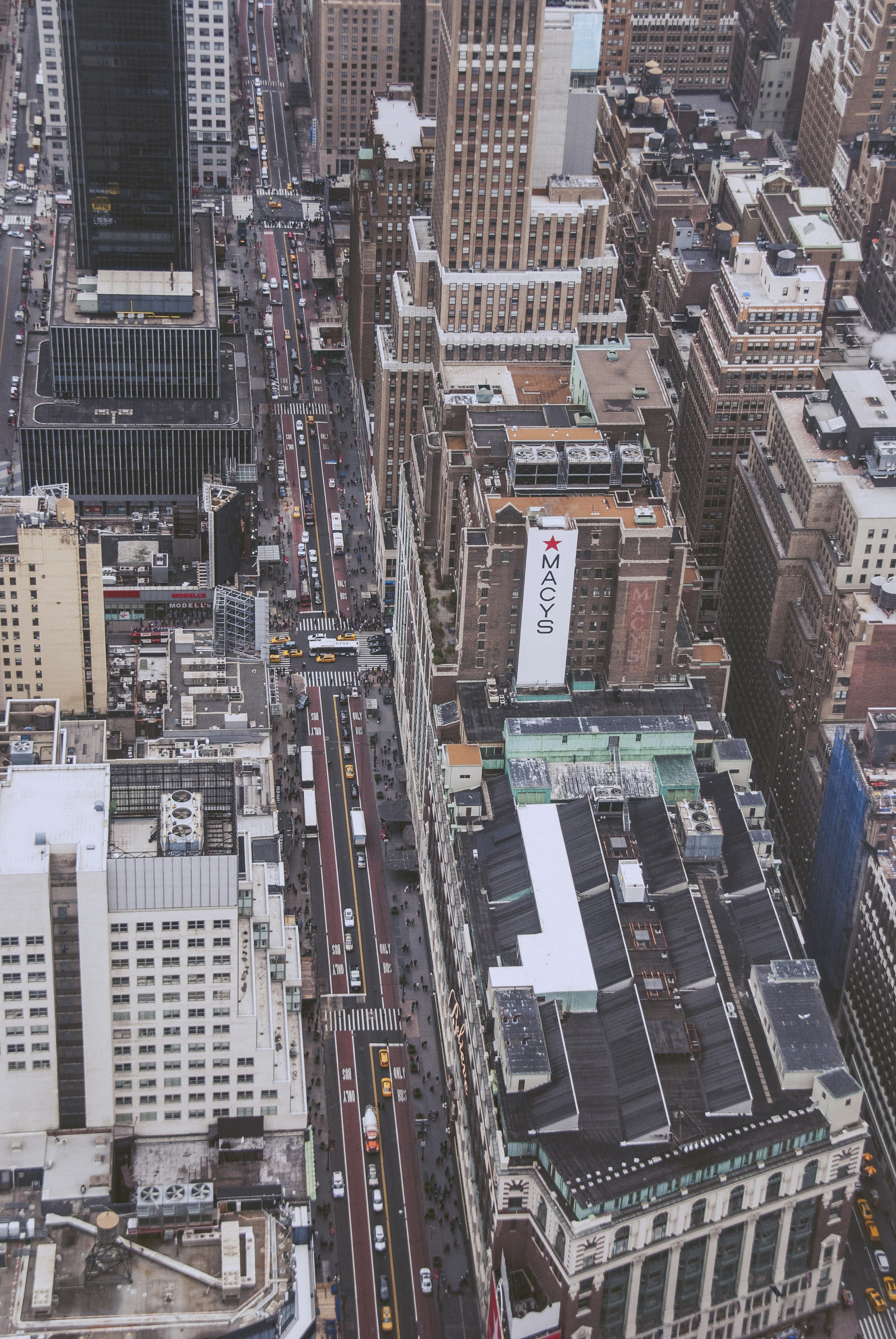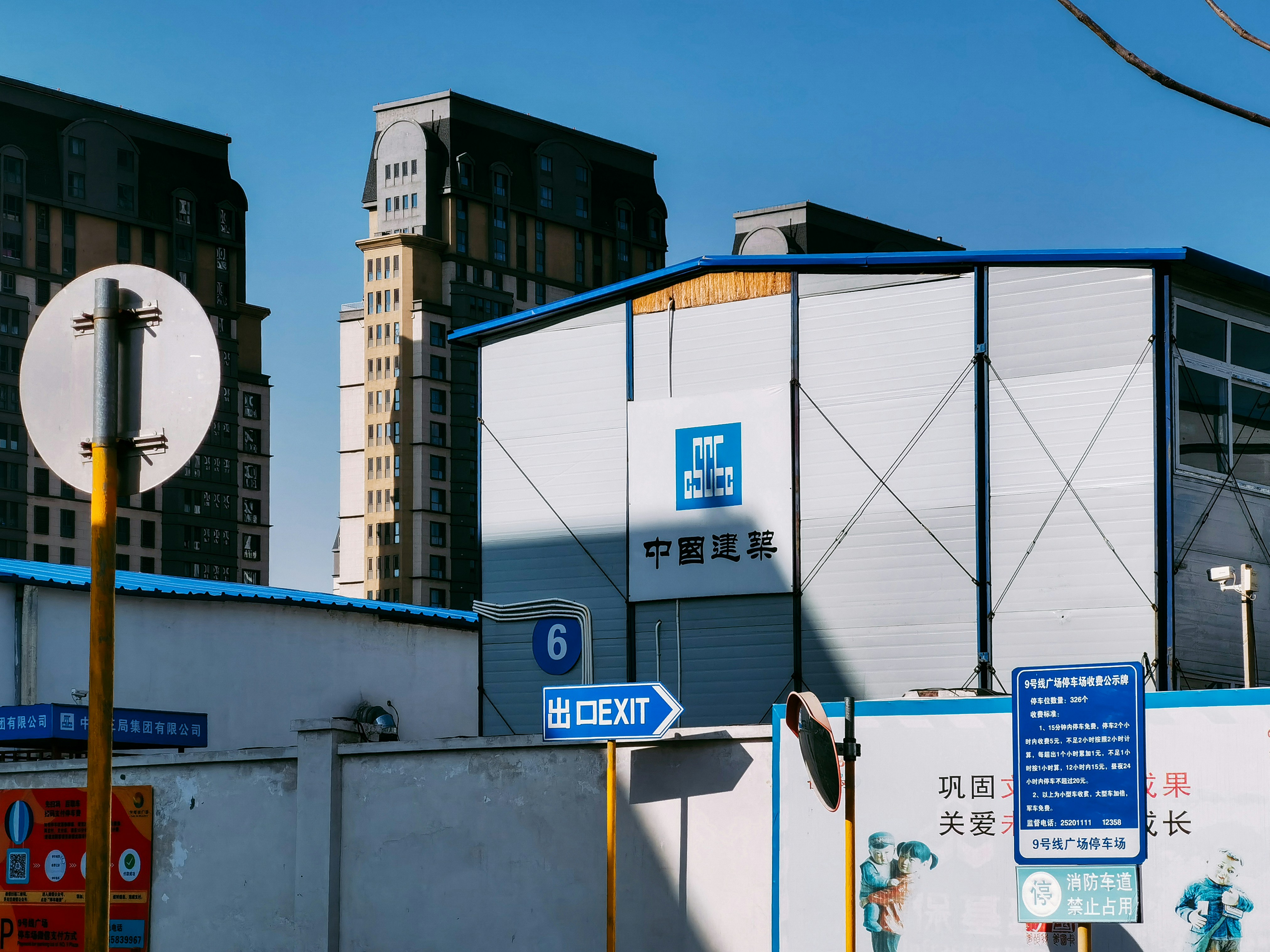Understanding Trump’s New H-1B Visa Application Fee Increase

Photo by Kevin Lanceplaine on Unsplash
Overview of the H-1B Visa Program
The H-1B visa program is a non-immigrant visa initiative established by the United States to allow U.S. employers to temporarily employ foreign workers in specialized occupations. The primary purpose of this visa is to fill positions that require specialized knowledge or expertise, which cannot be readily filled by the domestic workforce. Typically, jobs that qualify for the H-1B visa include those within fields such as technology, engineering, medicine, and academia, reflecting a strong demand for highly skilled professionals.
To obtain an H-1B visa, an employer must demonstrate that the job requirement involves at least a bachelor’s degree or its equivalent in a relevant field and that the candidate possesses the necessary qualifications. The visa is valid for three years and can be extended for a maximum of six years, making it an essential conduit for both U.S. companies seeking adept talent and foreign workers aspiring to work in America. The program thus plays a pivotal role in shaping the workforce landscape in crucial sectors, especially technology and education, which rely heavily on talent from diverse backgrounds.
Demographically, H-1B visa holders often hail from countries such as India and China, representing a significant percentage of skilled workers contributing to the American economy. By attracting global talent, the H-1B visa not only supports innovation but also fosters competitiveness in the global market. It is also noteworthy that organizations participating in this program must comply with specific regulations, including wage and labor condition attestations, ensuring fair compensation and working conditions for foreign workers. The H-1B program, therefore, serves as a vital bridge connecting international expertise with U.S. industry needs.
Details of the New Application Fee
The recent announcement by the Trump administration regarding the H-1B visa application fee has generated significant discussion and concern among businesses and immigration advocates alike. The new fee has been set at an unprecedented $100,000, marking a dramatic increase from previous application costs. Historically, companies applying for H-1B visas were required to pay fees ranging from several hundred to a few thousand dollars, depending on the size of the company and the number of applications submitted. This overhaul not only establishes a financial barrier but also raises questions about the administration’s motives behind such a drastic hike.
One rationale provided for this fee increase is the administration’s prioritization of American workers. The Trump administration argues that higher fees will deter companies from relying heavily on foreign talent, thus encouraging the hiring of domestic workers. However, critics perceive this move as an attempt to cater to a more protectionist economic policy, which could adversely affect industries that benefit from the specialized skills that foreign workers provide. Notably, sectors such as technology, healthcare, and engineering often depend on H-1B visa holders to fill crucial skill gaps that cannot be met by the domestic workforce alone.
With the expected outcomes of the fee increase, employers are likely to reassess their hiring strategies. Companies that traditionally sponsored H-1B visas may face financial strain, particularly small businesses and startups with limited budgets. The heightened application fee could discourage these firms from pursuing H-1B visas entirely, thereby resulting in a potential labor shortage in specialized fields. The decision to impose such elevated fees represents a significant shift in the U.S. immigration landscape, calling into question the long-term implications for both businesses and foreign workers seeking opportunities in the United States.
Implications for U.S. Companies and Foreign Workers
The recent increase in application fees for H-1B visas has significant ramifications for U.S. companies that rely on this program to hire foreign talent. These employers must now navigate higher costs when seeking to recruit skilled professionals from abroad. This financial burden may force organizations, especially smaller firms, to reconsider their hiring strategies. As a result, some may opt to reduce the number of H-1B visa applications submitted or shift their focus towards local talent pools. This shift could inadvertently impact workforce diversity, as companies may find it increasingly challenging to maintain a balance of domestic and international skills within their teams.
Moreover, the fee hike may lead organizations to implement stringent employee retention strategies as they weigh the costs associated with hiring foreign talent versus investing in their existing workforce. Retaining skilled workers who are already part of the company could become a priority, potentially stifling the influx of new professionals into the workforce. If companies feel pressured to limit their dependency on H-1B workers, this could result in a narrower range of perspectives and innovation, ultimately affecting their competitive edge in the global market.
The Political and Social Context of Immigration Debate
The discussion surrounding H-1B visas and the recent increase in application fees cannot be divorced from the broader immigration debate in the United States. Over the years, public opinion has been deeply divided on immigration policies, especially regarding skilled worker programs like the H-1B visa. Supporters argue that these visas are vital for filling high-skilled jobs in technology and science sectors, thereby fueling economic growth. Conversely, opponents assert that the program undermines American workers by allowing foreign labor to take jobs that could otherwise be held by U.S. citizens. This dichotomy illustrates the ongoing tensions within the immigration discourse, which extend into various social and economic dimensions.
The reactions to the fee increase reflect this polarized environment. Politicians from the Trump administration have positioned the fee hike as a measure to ensure that only individuals and businesses that genuinely benefit from the H-1B visa program contribute to the system’s integrity. However, business leaders in industries reliant on foreign talent express concern that higher costs could deter qualified candidates from applying for these visas, ultimately jeopardizing their competitive edge. Advocacy groups, representing both immigrant rights organizations and labor unions, have also voiced their apprehensions. While some see the fee increase as an effort to regulate the system, others argue it may disproportionately affect smaller companies and start-ups that rely heavily on skilled foreign workers.
This policy move aligns closely with the Trump administration’s broader immigration strategies, which often aim to restrict immigration while promoting the prioritization of American workers. Such policies may spur legal challenges, as various stakeholders mobilize to contest the fee increase in court, citing potential violations of existing immigration laws or claiming that such hikes infringe on the rights of applicants. The evolving landscape surrounding H-1B visas encapsulates not only a contentious policy issue but also highlights the intricate overlap between immigration policy and labor market dynamics, indicating that the debate will continue to unfold with significant implications for all involved.




